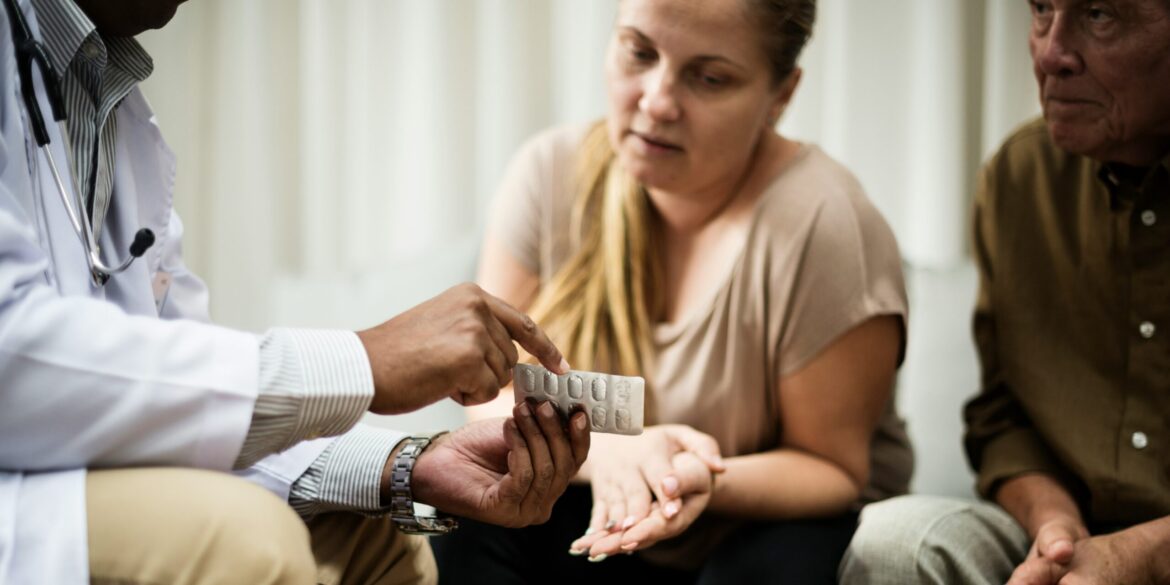A new study funded by the National Institutes of Health (NIH) and published on September 10, 2025, reveals that offering medications for opioid use disorder (MOUD) in U.S. jails significantly reduces overdose deaths and improves behavioral health outcomes, particularly after individuals are released from custody. Despite the promising findings, access to these life-saving treatments remains uneven across the country, hampered by regulatory, financial, and logistical barriers.
The study, conducted in collaboration with researchers at Brown University and published in the medical journal JAMA Network Open, surveyed more than 1,000 jails across the United States. It found that while approximately 44 percent of jails offer at least one form of MOUD—such as buprenorphine, methadone, or naltrexone—only 13 percent provide medication to all individuals diagnosed with opioid use disorder. Even more concerning, fewer than 18 percent of jails make all three FDA-approved medications available to all eligible detainees.
Researchers emphasized the importance of offering a full range of treatment options, noting that different medications work better for different individuals. Buprenorphine, for instance, can be administered more flexibly than methadone, which requires specialized clinics. Naltrexone works best for individuals who have already detoxed and are motivated to avoid opioid use. By not offering all three, many facilities risk under-treating or mis-treating people whose needs vary based on medical history and addiction severity.
The health consequences of these gaps are stark. Incarcerated individuals are at an especially high risk of fatal overdose shortly after their release—often within the first two weeks—due to reduced tolerance and limited access to care. The study found that individuals who received MOUD while incarcerated were significantly less likely to experience relapse or die from overdose after leaving custody. Additionally, they demonstrated better outcomes in terms of treatment engagement, reduced drug use, and lower rates of recidivism.
Despite this compelling evidence, several systemic barriers continue to hinder widespread adoption of MOUD programs in correctional settings. Regulatory obstacles include strict rules around who can prescribe and administer methadone, which is still governed by outdated federal restrictions dating back decades. Financial challenges are another major hurdle, particularly for rural or underfunded facilities that may lack the resources to stock medications, hire qualified staff, or coordinate with outside treatment providers.
Staffing shortages further complicate the issue. Many jails report insufficient numbers of healthcare professionals who are trained or waivered to prescribe medications like buprenorphine. Some correctional officers and administrators also express concern about diversion—the misuse or resale of medication behind bars—even though studies have shown that proper supervision and security protocols can mitigate such risks.
Another critical challenge identified in the report is the lack of continuity of care. Individuals who start treatment while incarcerated often lose access to their medications once they return to the community, either due to gaps in insurance, limited provider availability, or lack of coordination between correctional facilities and public health systems. This disruption undermines the effectiveness of jail-based treatment and increases the likelihood of relapse and overdose.
The study’s authors argue that these gaps are not insurmountable and that with appropriate policy changes and investment, the benefits of MOUD can be extended to more people. They recommend expanding federal and state funding to support correctional health services, streamlining regulations to make it easier for jails to offer all three medications, and increasing training opportunities for healthcare providers working in carceral settings. Improved partnerships between jails and community treatment programs are also essential to ensure that individuals receive uninterrupted care after release.
The implications of the study are far-reaching. As the United States continues to grapple with an opioid crisis that claimed more than 100,000 lives in recent years, correctional facilities have emerged as a critical intervention point. People involved with the criminal justice system are disproportionately affected by substance use disorders, and jails offer a rare opportunity to engage individuals in treatment, particularly those who might not otherwise seek care.
By demonstrating the life-saving potential of MOUD in jails, the NIH study adds urgency to the push for more equitable and comprehensive addiction treatment in the criminal justice system. It also underscores the need for a broader public health approach to incarceration—one that treats substance use disorder not as a moral failing or legal violation, but as a chronic medical condition that requires compassionate, evidence-based care.
As policymakers debate how best to address the nation’s drug crisis, the findings provide a clear directive: expanding access to medications for opioid use disorder in jails is not just a medical imperative—it is a matter of life and death. The study is expected to inform legislative efforts and funding priorities at the federal, state, and local levels in the months ahead, as stakeholders seek to close the treatment gap and save lives.

